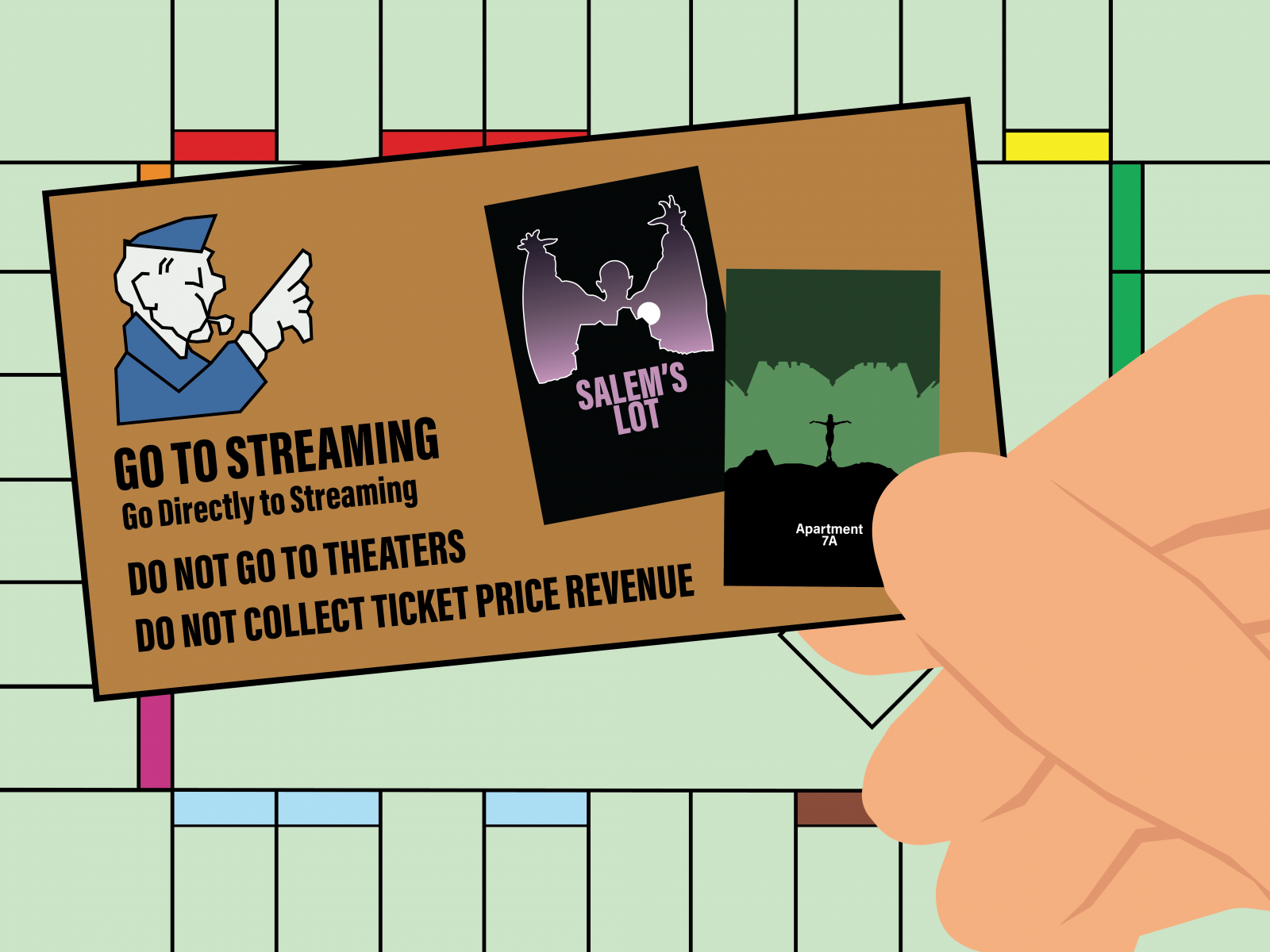“Kiss already!” I scream for the 99th time as Anthony Bridgerton and Kate Sharma stare into each other’s eyes, saying nothing, doing nothing — as always. They walk away from each other, and viewers are yet again thrown into some other subplot that’s nowhere near as important as the two forbidden lovers finally confessing their love.

I’ve clearly lost my patience. It’s the fifth episode of “Bridgerton” season two, and all I’ve seen is smirking and staring but not a single kiss — not even a brushing away of a stray strand of hair. Yet, I continue on.
It’s not just “Bridgerton” that tortures its viewers. “Gilmore Girls” was notorious for many slow burns, most notably seen in the relationship between Luke Danes and Lorelai Gilmore. A few other examples include Jake and Amy on “Brooklyn Nine-Nine,” Damon and Elena on “The Vampire Diaries” and Ross and Rachel from “Friends” — who gave us an almost 10-season-long slow burn.
The slow burn is a popular trope, and it’s predictable. I know, eventually, I’ll get what I came for. The two lovers will kiss, and it will make all the agonizing pain of waiting and watching them miss every opportunity worth it in the end. It’s the slow burn that makes every romance sizzle and sear.
It’s oh-so-predictable, yet I eat it up every time.
But it’s not the longing stares or the slight touches that make the slow burn so good. It’s not the waiting for that moment, the running into each other’s arms and kissing at last that makes the relationship so good.
It’s the absence that makes it worth it. It’s the possibility that the two lovers, in some strange deviation from the trope, don’t actually end up together that makes each moment when they are together that much better.
For years, we watched Ross and Rachel date other people, all the while being jealous of the other because we knew they wanted to be together. They fell in love with other people, and Ross even got married. Yet, still, there was that familiar string of tension between them.
Lorelai Gilmore also almost got married. She had a complicated love life, yet fans still rooted for the underdog — Luke Danes. The inevitable kiss came, and it felt good.
Both pairs dated at some point in the show, and fans got a look into each relationship. But I don’t think that’s when fan support peaked. While many would argue it’s the moments together when the love manifests once two people are in love, I would argue it’s the moments apart.
It’s when the lovers are away from each other, missing each other, thinking about what the other is thinking about. They’re hoping they’re each laughing or smiling, but not laughing or smiling as hard as they would be if they were together.
For the viewer, it’s the same feeling — watching each lover separately on screen long for the other, seeing desperation in their eyes as they want nothing more than to be together again.
While the conclusion of the slow burn brings a happy ending with a loving relationship that everyone was waiting for, the tension is gone and with it — the interest in the relationship.
Nevertheless, the slow burn has done its job. It tied viewers’ hands in a loose knot behind their back, saying, “Look, you can go whenever you please,” and yet still the viewer laid motionless as they watched each fleeting moment. They stayed for eight episodes, or they stayed for 10 seasons, and they waited through every absence until the moment would come and the slow searing burn finally burst into passionate flames of love.






















































































































